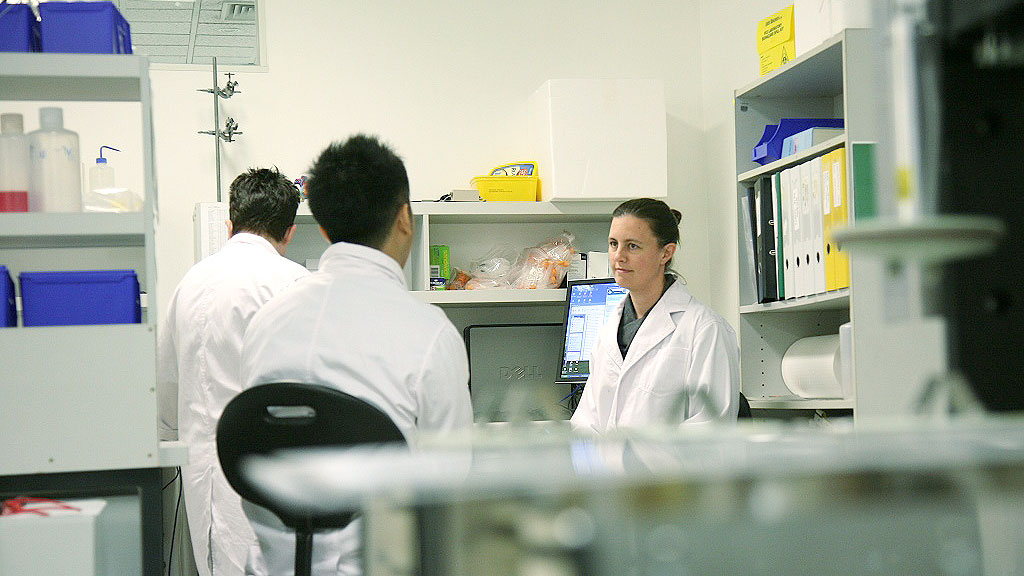
Good voice-of-customer (VoC) research requires you to be part detective and part psychologist. You are trying to solve a puzzle through questions and observations that will help you determine your product direction, your regulatory strategy and your commercialization path. And it’s not a simple puzzle to solve.
VoC research is all about answering those burning questions such as ‘should I enter the market’, ‘what sort of product should I develop’, ‘how do I price my product’, ‘what regulatory path should I take’ and ‘what is the most effective sales and marketing strategy’ for me. While most organisations know they need to run VoC research, they can struggle to decide just how broad and deep the study should be. VoC can be a mysterious activity.
Here are some insights in to running an effective VoC that will answer those big questions and give you confidence that you really know your market and what it wants.
Build a VoC team that knows your market
When conducting a VoC study it really helps if the researchers already have a good understanding of the target market. This can give you a one or two step head start in to your VoC, helping you to focus in on the key issues and ask the right questions to unveil both explicit and implicit needs.
For example; if you are introducing a new medical product and you want to know what feature set to include, the inexperienced researcher will simply ask respondents what features they want. But if you follow this blindly you will build an impractical instrument. What you want is someone who can see the real need, not just a requested feature. You want someone who is familiar with doctors, clinicians, technicians and will consider regional, regulatory and reimbursement implications. It is a huge benefit if your researcher already understands that device usability may be key for the direct user; workflow improvements and cost savings may be more important for the administrator, while the clinician is interested in patient outcome.
Understanding how people currently work, and the bottle necks they face, is critical to developing an innovative solution. It’s worth keeping in mind that some people you interview may not want to get rid of the bottle necks in their workflow, for whatever reason. It takes an interviewer with real experience to understand these political sub-motives that may exist at the survey site.
Work out your knowledge gaps
The best way to start a VoC study is to write down what you already know about the market you are intending to go into. This helps to identify gaps in your knowledge and may point to areas to be included in your VoC study. I use a simple VoC workbook with worksheets designed to step you through the VoC process. The first section of this workbook is to capture market size and trends, competitors and existing products and/or technologies, regulatory considerations, etc. You can also use this to target specific areas where knowledge may be out of date and requires revalidation. Knowledge gaps should be prioritized, keeping in mind that some of the gaps you don’t want to care about – you don’t necessarily have to know about everything. Prioritizing the information gaps helps you identify what areas you want to focus on which leads onto the next page in the workbook – your high-level objectives.
Write down your objectives
Quite often people have a vague idea of what they want from a VoC study but find it difficult to clearly articulate this, or they want absolutely everything. Both of these are bad starting points and are a major reason why VoC studies fail to deliver strong results. You need focus. You want total clarity of the areas that the VoC will address. One way to help create this clarity is to write down your specific objectives. I record these in the workbook.
Consider how you will use the information you gather
To arrive at good objectives I ask the question, ‘what are you going to do with the information?’ Are you evaluating a specific feature set? Is it for input into a business case? Do you want to understand the likely impact of your product on customer workflow? Ask yourself what information is needed to achieve these outcomes?
Also try and limit your number of high level objectives to about five or six. Any more than that and you end up introducing too many different areas to talk to people about.
Here are some typical areas you may address with a VoC for a regulated instrument:
- Which customers do I want to target?
- What is the current work flow in the target labs?
- What would be the impact on the workflow with a new product?
- What functionality, or feature set, would an instrument need to include?
- What price would people be prepared to pay for an instrument, and for different features?
- What is the best route-to-market strategy for that instrument?
- How will the reimbursement system work?
- What are the regulatory implications for my different product options?
Avoid the vague – go for specifics
One final point on objectives – try to be as specific as possible with the wording of your objectives. Often people say things like ‘I want to understand what the market is like today.’ These vague objectives will still get a result but leave many key areas unanswered. Clear objectives also help you avoid including questions that sound interesting but don’t actually address your goals. Be specific.
VoC method and tools
The objectives you set determine what type of methodology is most suited to your study. There are a range of options including an online survey, focus groups or one-on-one interviews. The range of VoC tools to be used should also be considered. Simple questions may be suitable for data gathering, however following this up with more structured tools can quickly get to what is most important. Conjoint analysis is a great example of this, particularly where product pricing is concerned, as it allows the researcher to run trade off decisions, evaluating cost versus feature set.
Location may also be important. For example, trying to understand current workflow and likely impact of a new product is best conducted in the environment where that product will be used, walking through step-by-step with the end user.
There is no single cookie-cutter approach here – you simply have to link the best method available to the type of information you are looking for.
Include regulatory aspects in your VoC
For companies looking to develop biomedical products, which may enter a regulated environment, I strongly recommend including a regulatory aspect within your VoC. Market and regulatory considerations are inter-related. You may find that while the market recommends developing a product with targeted claims, when you consider the regulatory environment, it changes the way you need to position and commercialize the product.
For example, if you choose to dilute the claims of your product you may avoid complicated regulatory hurdles and in turn lengthy verification and validation studies – but how significant are these reduced claims on the marketing benefit?
Who do you talk to?
When selecting your sample to include in the VoC you want to ensure that you involve respondents who represent the regions and type of environments your product will be sold into, e.g. private, public, small and large. In some instances it may be useful to interview people who operate upstream and downstream of the target user to help identify interfaces and/or reveal alternate decision makers. For example a scientist may be the key purchaser and user of a new diagnostic test; however it is the referring clinician that will drive the adoption of that test into the laboratory, based on clinical data.
Two final points to make on respondents are firstly; avoid relying on selecting the sample based purely on convenience, and secondly; once you have someone engaged in the VoC make sure you maximize their involvement by asking the really valuable questions. A lot of effort goes in to recruiting survey respondents so you don’t want to waste the opportunity once you have them in front of you.
Making sense of all the data
As you wrap up the study it can be a bit overwhelming trying to make sense of all the information. Its good practice to produce a summary for every interview you do, including key takeaways relevant to the VoC study, i.e. high throughout, low cost site – want streamlined workflow and minimise error. Take some time to think about what your respondents do now and understand the challenges they face and what they are trying to achieve. Avoid taking raw data and dropping it directly in to a requirements document. Instead, analyse the features and products that will help them.
Your final VoC report should include an overall summary of the VoC study with key findings and recommendations that address the objectives you set at the beginning. Recommendations should be quite specific, e.g. preferred feature set, regulatory path, distribution model, pricing etc.
A mixture of art and science
While there is no magic in running a good VoC study there is a mixture of art and science.
If you have planned well, and used an experienced team, your VoC will provide critical input, along with other information, on where to take your product and your business.








